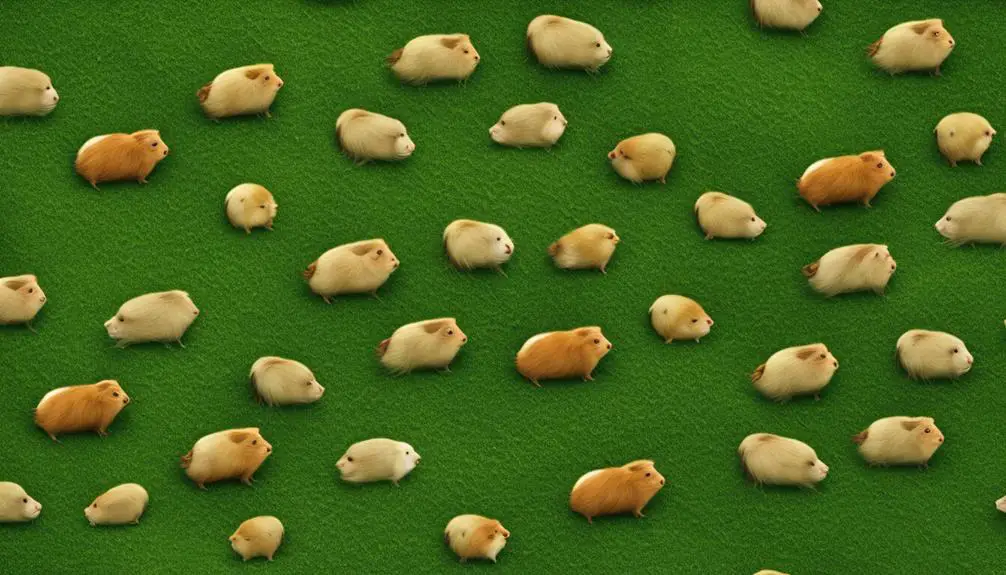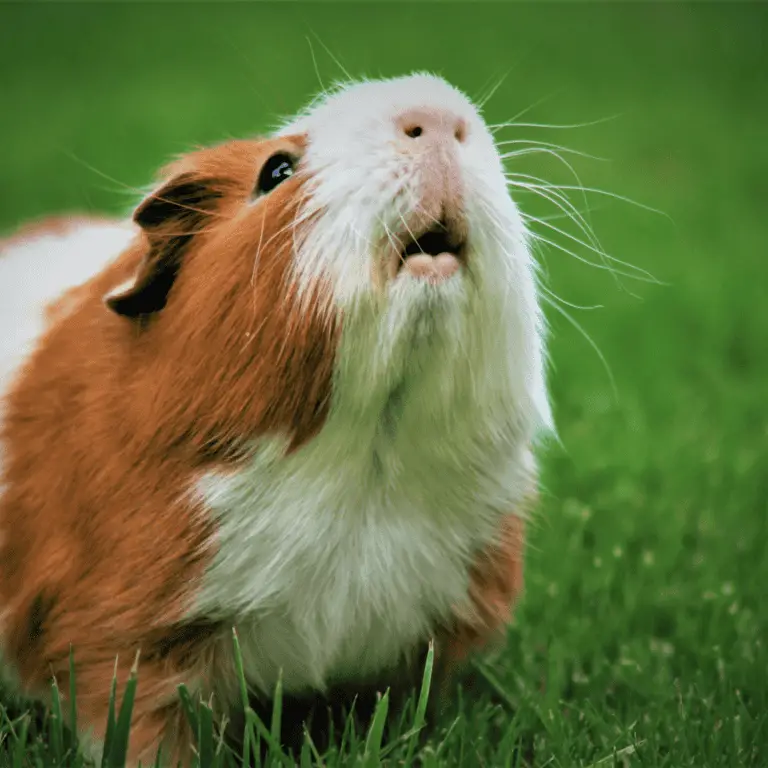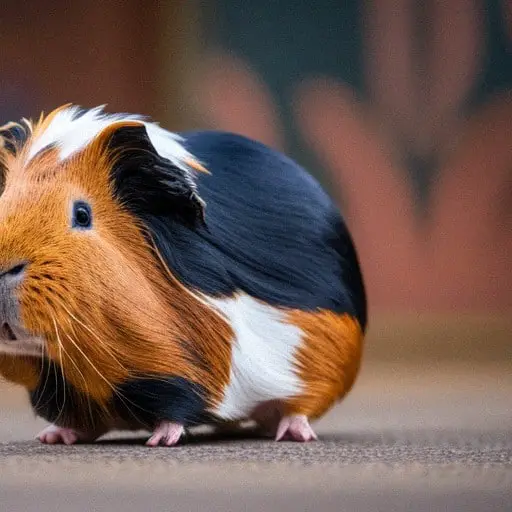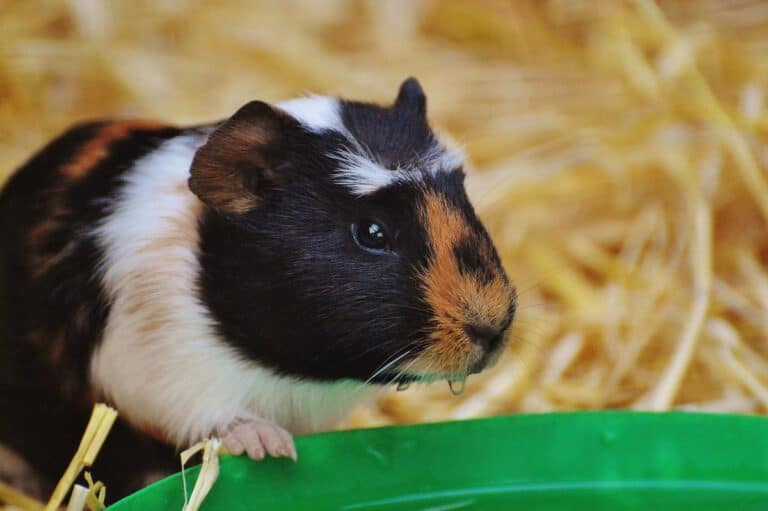Where Do Guinea Pigs Live in the Wild: Habitat Exploration
So, you might be surprised to learn that guinea pigs, those adorable pets we love, actually have a wild side. In their natural habitat, these furry creatures roam diverse landscapes, from grasslands to mountains.
But where exactly do they make their homes amidst these varied terrains? The answer lies in their unique adaptations and social behaviors, shedding light on their intriguing lifestyle that goes beyond what meets the eye.
Stay tuned to uncover the secrets of where guinea pigs truly thrive in the wild.
Natural Habitat of Wild Guinea Pigs
In their natural habitat, wild guinea pigs thrive in grassy plains, shrublands, and forests across South America. These regions provide the ideal environment for their survival, offering a variety of vegetation for food and shelter. The vast grassy plains allow for easy foraging opportunities, while the dense shrublands and forests offer protection from predators and harsh weather conditions.
Wild guinea pigs are social animals, often living in colonies for generations. Within these colonies, they establish strong social bonds, which are essential for their overall well-being. By living in groups, they can better protect themselves from threats and cooperate in finding food sources. These social structures also contribute to the transmission of knowledge and behaviors across generations, ensuring the group’s continued success in their habitat.
Their preference for territories with suitable vegetation not only provides them with ample food sources but also with materials for building nests and burrows. This behavior showcases their adaptability and resourcefulness in utilizing their habitat to meet their various needs.
Behavioral Patterns in Wild Guinea Pigs
Exploring the behavioral patterns of wild guinea pigs reveals intricate social dynamics and foraging strategies essential for their survival in the diverse habitats of South America. Wild guinea pigs exhibit fascinating behaviors that aid in their adaptation to their environments. Here are some key observations:
- Social Behavior: Wild guinea pigs are highly social animals, living in colonies for generations. Within these colonies, they establish complex hierarchies and engage in various forms of communication to maintain cohesion.
- Foraging Strategies: These herbivores are active during the day, primarily foraging for vegetation. Their foraging patterns aren’t only essential for obtaining food but also play a role in shaping their environment.
- Communication: Communication among wild guinea pigs is multifaceted, involving vocalizations, body postures, and facial expressions. These forms of communication are crucial for signaling danger, establishing dominance, and maintaining social bonds.
- Colonial Living: The establishment of colonies allows wild guinea pigs to collectively defend against predators, share resources, and engage in cooperative behaviors that benefit the group as a whole.
Dietary Patterns of Wild Guinea Pigs

Upon observing wild guinea pigs in their natural habitat, one can discern a meticulous dietary regimen focused on consuming high-fiber vegetation essential for digestive health and overall well-being. Wild guinea pigs display selective feeding behaviors, carefully choosing grasses, leaves, bark, and occasionally fruits to meet their nutritional needs.
Their diet, rich in high-fiber vegetation, supports proper gut function, aiding in digestion and preventing issues like obesity. Foraging for a variety of plant materials is crucial for wild guinea pigs to maintain a balanced diet, ensuring they receive essential nutrients for their well-being.
These dietary patterns aren’t just about sustenance but also about maintaining a healthy digestive system, which is vital for their survival in the wild. By exhibiting selective feeding behaviors and focusing on high-fiber vegetation, wild guinea pigs demonstrate a sophisticated approach to meeting their nutritional requirements in their natural environment.
Predators of Wild Guinea Pigs
Observing the natural habitat of wild guinea pigs reveals a myriad of predators that pose constant threats to their survival, including foxes, snakes, owls, weasels, hawks, eagles, and even domestic pets like dogs and cats. In the wild, guinea pigs face a perilous environment where they must remain ever-vigilant to evade these predators. Their survival instincts have evolved to help them detect and escape from danger swiftly.
- Foxes: Swift and cunning predators that pose a significant threat to guinea pigs.
- Snakes: Stealthy hunters that can easily sneak up on unsuspecting guinea pigs.
- Owls: Nocturnal predators with keen eyesight and silent flight, making them formidable hunters.
- Domestic Pets: Dogs and cats, though not native predators, can still endanger wild guinea pigs when they encroach upon their habitat.
Wild guinea pigs rely on their acute senses of hearing and sight to detect approaching threats, and their ability to quickly seek shelter in burrows or dense vegetation is crucial for their survival in the face of these diverse predators.
Adaptations of Wild Guinea Pigs

In the natural habitat, wild guinea pigs exhibit remarkable physical and behavioral adaptations that enhance their survival abilities in the face of various predators. These rodents have side-positioned eyes that provide them with a wide field of view, aiding in the early detection of predators approaching from different angles. Their strong forelimbs are specifically adapted for digging burrows and dens, allowing them to seek shelter quickly when needed. Additionally, the hind legs of wild guinea pigs are designed for swift running and jumping, enabling them to escape predators with agility.
In terms of behavioral adaptations, wild guinea pigs display a range of traits that help them survive in the wild. They’re known for their social nature, often living in groups that provide safety in numbers. Furthermore, their communication through vocalizations and body language plays a crucial role in alerting others to potential dangers. These physical and behavioral adaptations collectively contribute to the wild guinea pigs’ ability to thrive in their natural habitat.
Conclusion
In conclusion, after exploring the natural habitat, behavioral patterns, dietary habits, predators, and adaptations of wild guinea pigs, it’s evident that these social herbivores have developed unique strategies to survive in their ecosystems.
Their ability to communicate, establish hierarchies, and detect threats showcases their complex social structure and innate instincts.
Understanding the intricacies of wild guinea pigs provides valuable insight into their fascinating lives in the wild.







